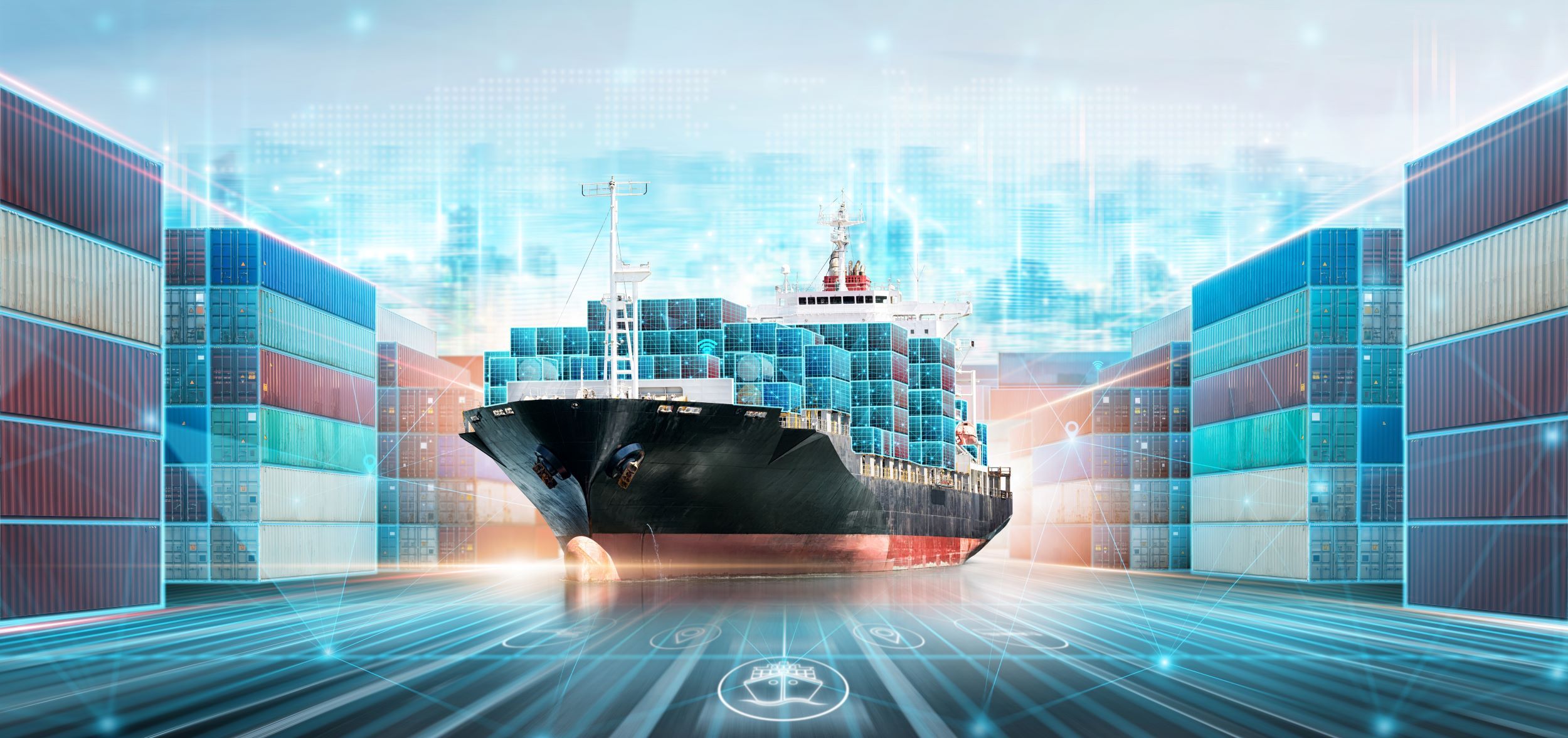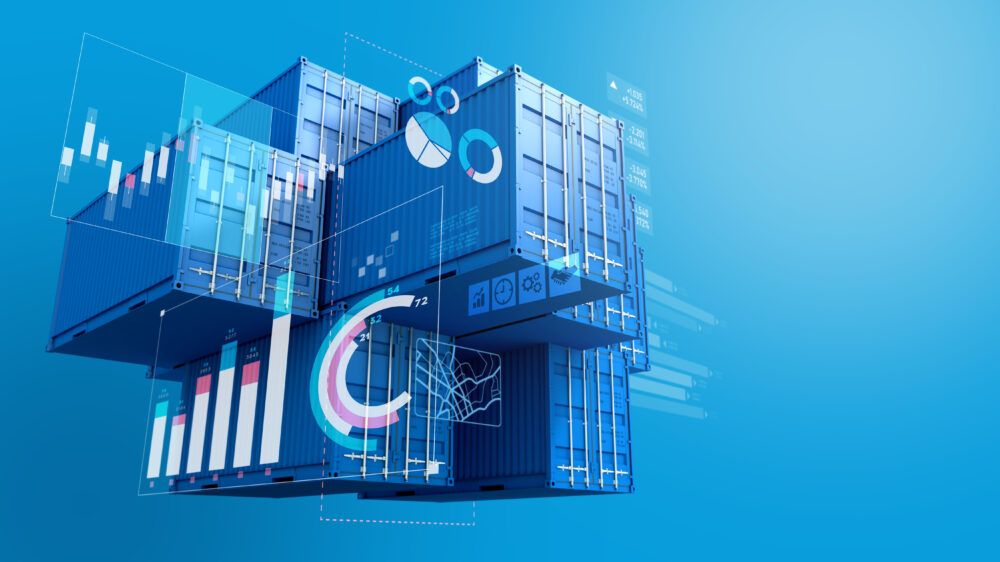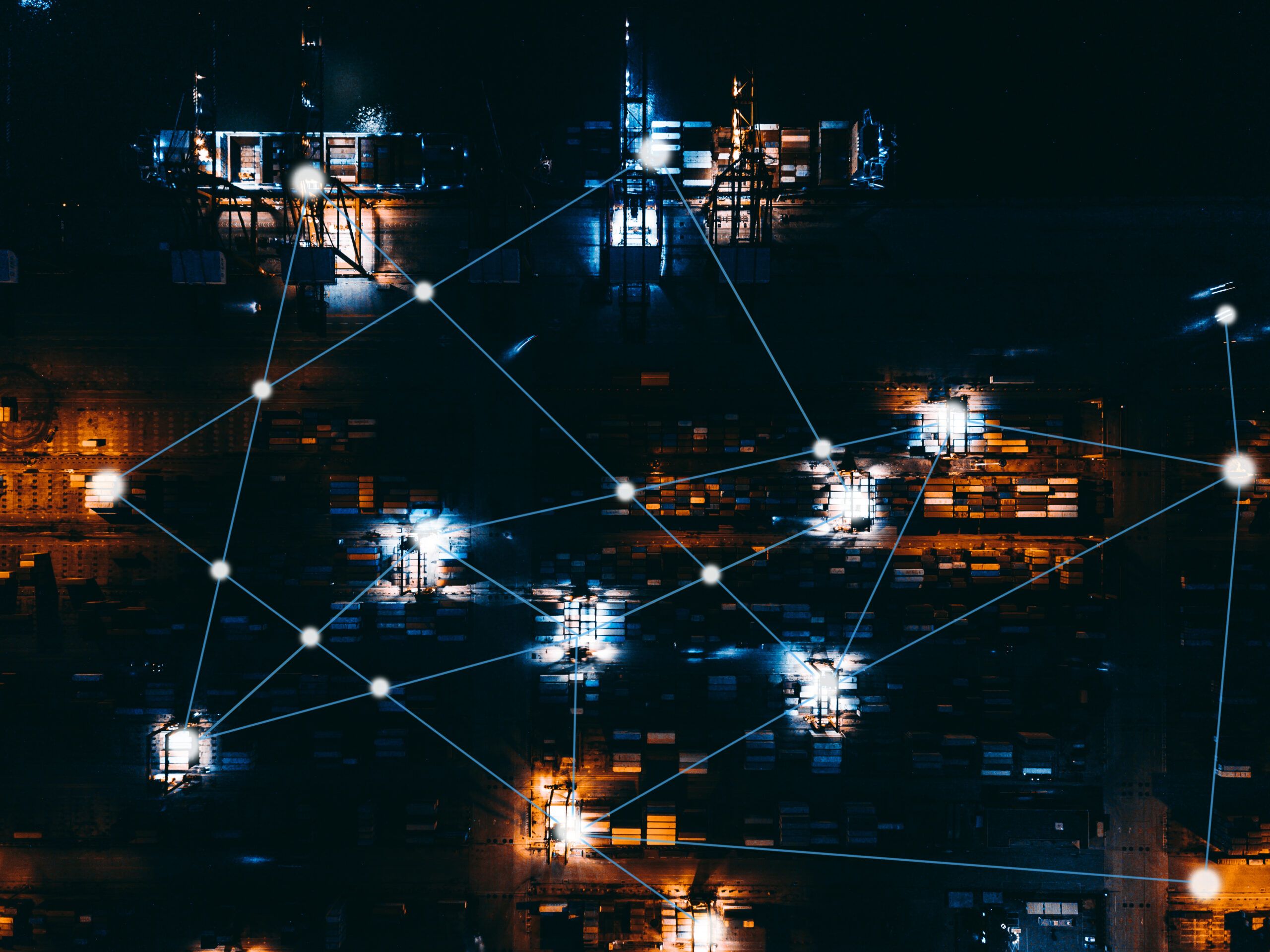Other improvements included:
Increased security against cyber-attacks
Gallardo explains that the set-up of the new infrastructure includes a series of cybersecurity services that include 24/7 monitoring of potential threats. "We must have an additional layer of protection to stay ahead of attacks. This is the function of the Security Operation of Control, which not only monitors threats but its typology in order to take better action," he explains.
In addition, penetration tests will be conducted on a regular basis to further protect the PCS from potential attacks.
A second Data Center
The renovation also includes a second data centre so in case the first one experiences a setback, this second centre can provide the same service in just one or two hours.
"Both are connected via a high-performance internet line that allows data to be copied synchronously to avoid data loss. This second data centre is located directly in the cloud," he says.
Inclusion of new technologies
"PCSs handle a lot of data. The new infrastructure will allow us to gradually introduce new services based on new technology such as predictability when executing logistics and transport operations. Technologies such as artificial vision for document processes or machine learning are interesting," says Gallardo.
What are the other PCS doing?
Gallardo explains that the journey experienced by PORTIC can be similar to that of other technological platforms in many other ports. "Right now, many are considering a decision that, on the one hand, involves two challenges. One is the cloud. The second is the containerisation of applications, i.e. an architecture based on microservices, which offers independent services," he says.

From a technical point of view, the PORTIC director explains that this is a transitional step towards this new architecture; the containerisation of applications, their move to the cloud and new challenges that will be introduced. "We have considered a leap towards the definitive cloud in a more conservative way. First we have done the containerisation and located the second data centre in the cloud," he explains.
Gallardo, who was recently appointed president of the International Port Community Systems Association (IPSCA), explains that the organisation is debating issues such as the application of Maritime Single Windows, the implications of the new regulation on the digitisation of transport documents, services and technologies such as machine learning and blockchain.
With this upgrade, PORTIC's director says that the platform has been placed at the forefront of PCS from a technological point of view.
For the user and customer, this upgrade will result in a better quality of service and response time. "On the other hand, it will allow us to introduce more services in a faster, more continuous, flexible and scalable way," Gallardo says.
"It will allow us to make these changes in a much more transparent way for the user. In addition, when an application is at its limit, the system automatically launches an instance and we can therefore better allocate resources to those applications that need it most," he continues.
PCSs are fundamental in the exchange of information between the different actors of the port community in a digital and secure way. This new PCS 'revolution' ensures that they are prepared for increasingly complex challenges.
 From a technical point of view, PCSs have begun a transition to a new architecture; the containerisation of applications, their move to the cloud and new challenges that will be introduced (Getty Images).
From a technical point of view, PCSs have begun a transition to a new architecture; the containerisation of applications, their move to the cloud and new challenges that will be introduced (Getty Images).
 From a technical point of view, PCSs have begun a transition to a new architecture; the containerisation of applications, their move to the cloud and new challenges that will be introduced (Getty Images).
From a technical point of view, PCSs have begun a transition to a new architecture; the containerisation of applications, their move to the cloud and new challenges that will be introduced (Getty Images).








